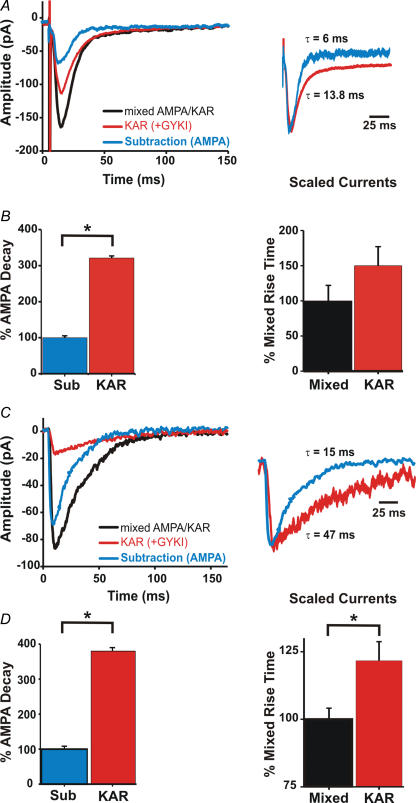Figure 2. KAR-mediated currents have slower rise and decay times than AMPA receptor-mediated currents.
A, whole-cell synaptic currents before (black) and after GYKI (50 μm; red) application. Subtraction of the KAR current from the mixed current yields an estimate of the AMPA current (blue). Traces are averages of 50 consecutive traces. Scaling the KAR current to match the subtraction (AMPA) current shows that the decay of the KAR current is slower. B, current decays were fitted with a single exponential. KAR decay is over 3-fold longer than the decay of the subtraction (AMPA) current. There was no significant difference in the 10–90% rise time (P > 0.05). Traces are averages of 50 consecutive trials. C, whole-cell photolytic currents from a stratum oriens hippocampal slice interneuron before (black) and after GYKI (100 μm; red) application. Subtraction of the mixed AMPA–KAR current from the GYKI current yields an estimate of the AMPA current (blue). Traces are averages of 3 trials. D, current decays were fitted with a single exponential. KAR decay is over 3-fold longer than the decay of the subtraction (AMPA) current. A plot of the change in 10–90% rise time shows a significant difference between KAR and mixed currents (*indicates significance; P < 0.005).

